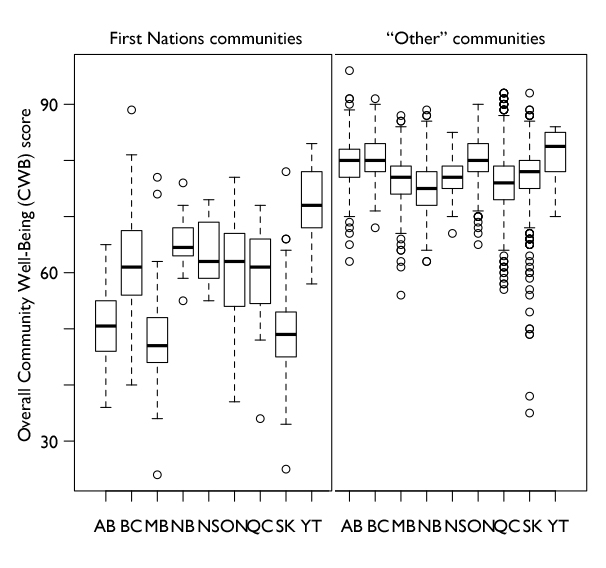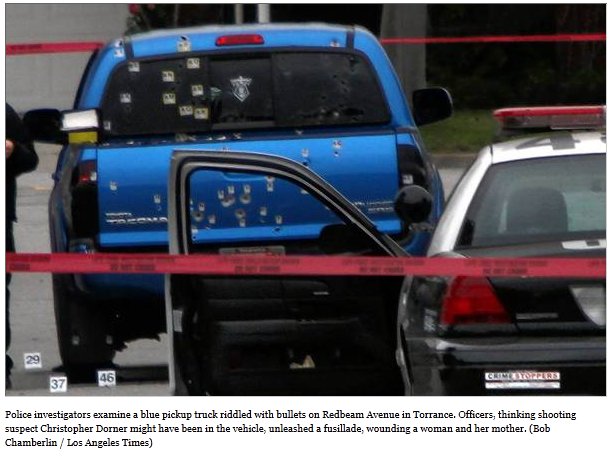In the Financial Post, Terence Corcoran looks at the good and not-so-good aspects of a recent Senate report on the reasons Canadians pay so much more for goods than Americans (even when the goods are identical and the currencies are trading at par):
Retail prices in Canada, seemingly across the board, are higher. Even with the Canadian dollar at par, the price of everything from running shoes to televisions and Chevy Camaros to books is said to be above U.S prices. One bank report once put the Canada-U.S. price gap at 20%.
Somebody’s gotta do something, everybody agrees. Enter the Senate committee with one of the most hard-nosed, market-driven overviews of how and why Canadians pay more for goods at retail. The report dodges and fudges some key issues, especially farm product supply management, which was seen by the committee and the retail industry as too politically hot to handle.
[. . .]
Even in this, however, the committee pulls its first punch. The recommendation to “review” such tariffs — watery phrasing in itself — also suggests “keeping in mind the impact on domestic manufacturing.” Sorry, folks, but you can’t have it both ways. Tariffs are protectionist devices for manufacturers that consumers pay for. If you want to reduce the price to consumers, the $3.9-billion in protection for manufacturers has to go. End of discussion.
What makes The Canada-USA Price Gap even more valuable is its compact insights into the many causes of higher retail prices in Canada. The economy is a complicated and often unfathomable series of market and price relationships beyond the power and even understanding of policy makers. The report recognizes that fact time and again.





